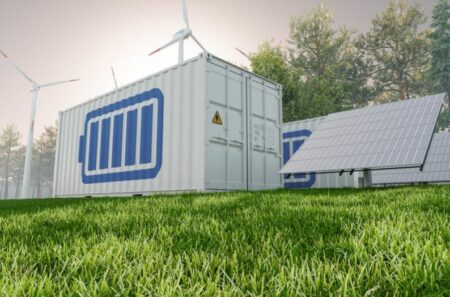Researchers from the University of Warwick and the University of Manchester have triumphantly resolved a perplexing scientific enigma concerning the exceptional proton permeability of graphene.
A decade after the University of Manchester unveiled that graphene exhibited surprising permeability to protons, the scientific community has been presented with a groundbreaking revelation that holds the potential to revolutionize the hydrogen economy and accelerate the transition to green energy.
Graphene, a single layer of carbon atoms arranged in a two-dimensional lattice, had astonished scientists with its previously unanticipated permeability to protons, the nuclei of hydrogen atoms. This initial discovery spurred scientific discourse, as it seemingly defied theoretical expectations that it would take billions of years for protons to penetrate graphene’s densely packed crystalline structure. It was commonly believed that protons traversed graphene not through its crystal lattice, but through openings in its structure.
In a significant development, a collaborative effort between the University of Warwick and the University of Manchester has definitively resolved this enigma. Led by Prof. Patrick Unwin, Dr. Marcelo Lozada-Hidalgo, and Prof. Andre Geim, the team unveiled their findings in the journal Nature. Employing scanning electrochemical cell microscopy (SECCM), they measured minute flows of protons gathered from nanometer-sized regions. The outcome was the visualization of the spatial distribution of proton currents flowing through graphene membranes.
Contrary to the assumption of proton transport through holes, which would have manifested as localized currents, the researchers observed a remarkably different phenomenon. The absence of isolated sites negated the presence of holes in graphene membranes. The true revelation lay in the observation that proton currents surged around nanoscale folds within the crystals. These folds were discovered to effectively ‘stretch’ the graphene lattice, thereby creating expanded pathways for proton penetration through the pristine crystal structure.
The implications of this discovery are profound, particularly for the hydrogen economy. The prevailing expensive catalysts and membranes utilized for hydrogen production could potentially be supplanted by sustainable two-dimensional crystals, heralding a paradigm shift in the realm of green hydrogen. Such a transformation would not only mitigate carbon emissions but also contribute to the pursuit of net-zero emissions.
Dr. Segun Wahab and Enrico Daviddi, the study’s lead authors, underscored the unexpected outcome: the absence of defects in graphene crystals and its inherent proton permeability. This observation aligns theory and experiment, unveiling the inherent proton transport capacity of graphene. The ability of graphene’s folds to amplify proton currents by stretching its atomic lattice opens new vistas for innovation in ion transport and chemical reactions.
Dr. Lozada-Hidalgo emphasized the prospective impact of this discovery on hydrogen-related technologies. The catalytic potential of corrugations and folds in 2D crystals could revolutionize ion transport and chemical reactions, ultimately leading to cost-effective catalysts for hydrogen-based technologies. As the world seeks cleaner energy solutions, graphene’s newfound ability to facilitate proton transport stands poised to reshape the future of green hydrogen, energy storage, and beyond.








